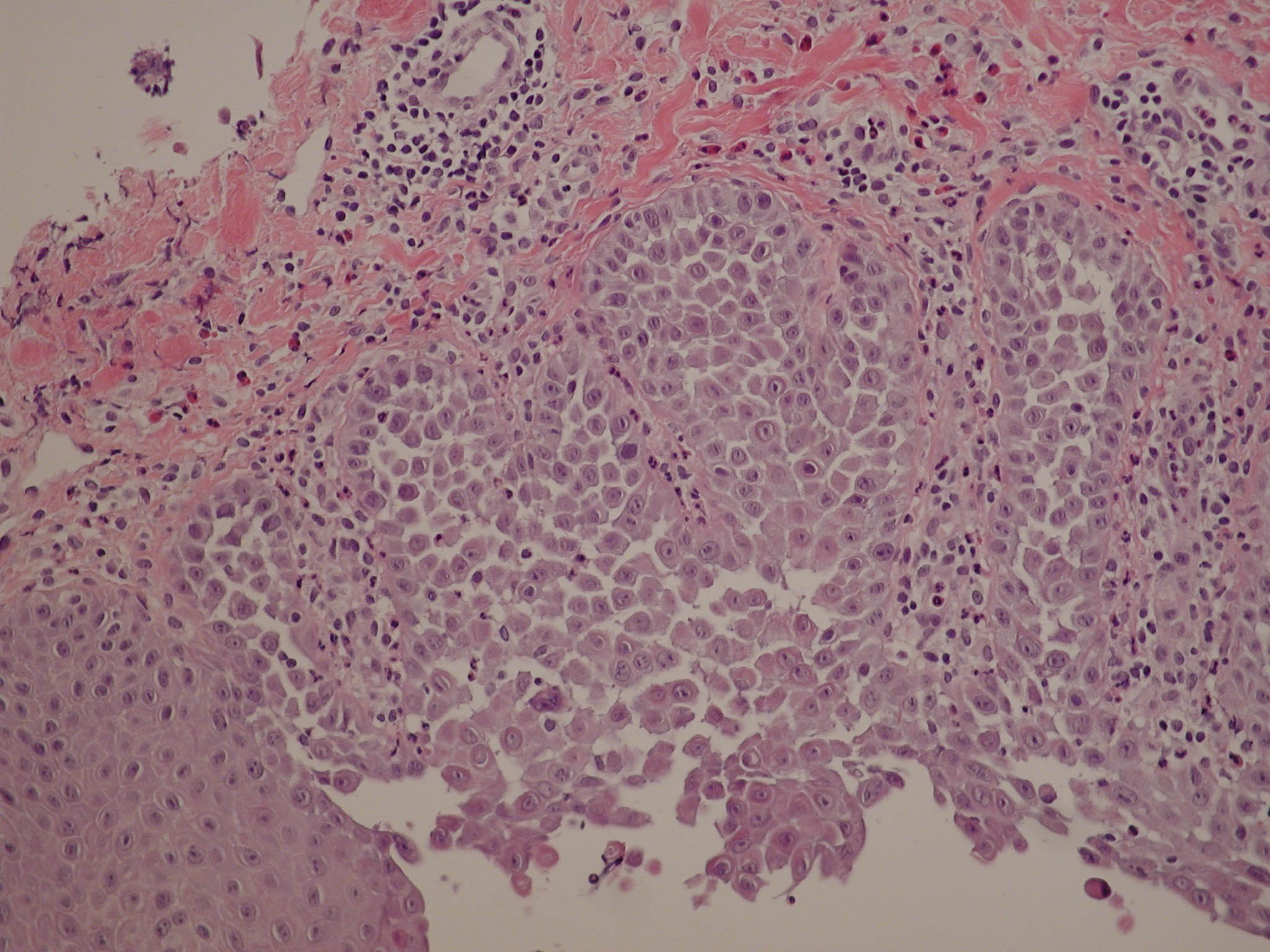J Invest Dermatol. 2003 Oct;121(4):688-94.
Source
Department of Dermatology, University of California, San Francisco, California, USA. behnemj@itsa.ucsf.edu
Abstract
Hailey-Hailey disease (MIM16960) is a blistering skin disease caused by mutations in the Ca2+ ATPase ATP2C1. We found that the abnormal Ca2+ signaling seen in Hailey-Hailey disease keratinocytes correlates with decreased protein levels of ATP2C1. Human ATP2C1 protein approximated 115 kDa in size. The ATP2C1 is localized to the Golgi apparatus in human keratinocytes, similar to its localization in yeast and Caenorhabditis elegans. To test whether the ATP2C1 controls Golgi Ca2+ stores, we measured intraorganelle Ca2+ concentrations using specifically targeted aequorins. Whereas normal keratinocytes display Golgi Ca2+ levels comparable to other epithelial cells, Hailey-Hailey disease keratinocyte Golgi Ca2+ refill is slower, and the maximum Ca2+ concentration reached is significantly lower. These findings were replicated in vivo, because clinically normal Hailey-Hailey disease epidermis contained lower Ca2+ stores and displayed an abnormal Ca2+ gradient. In this report we localize the ATP2C1, demonstrate its physiologic relevance in mammalian cells, and measure intraorganelle Golgi Ca2+ in keratinocytes.
